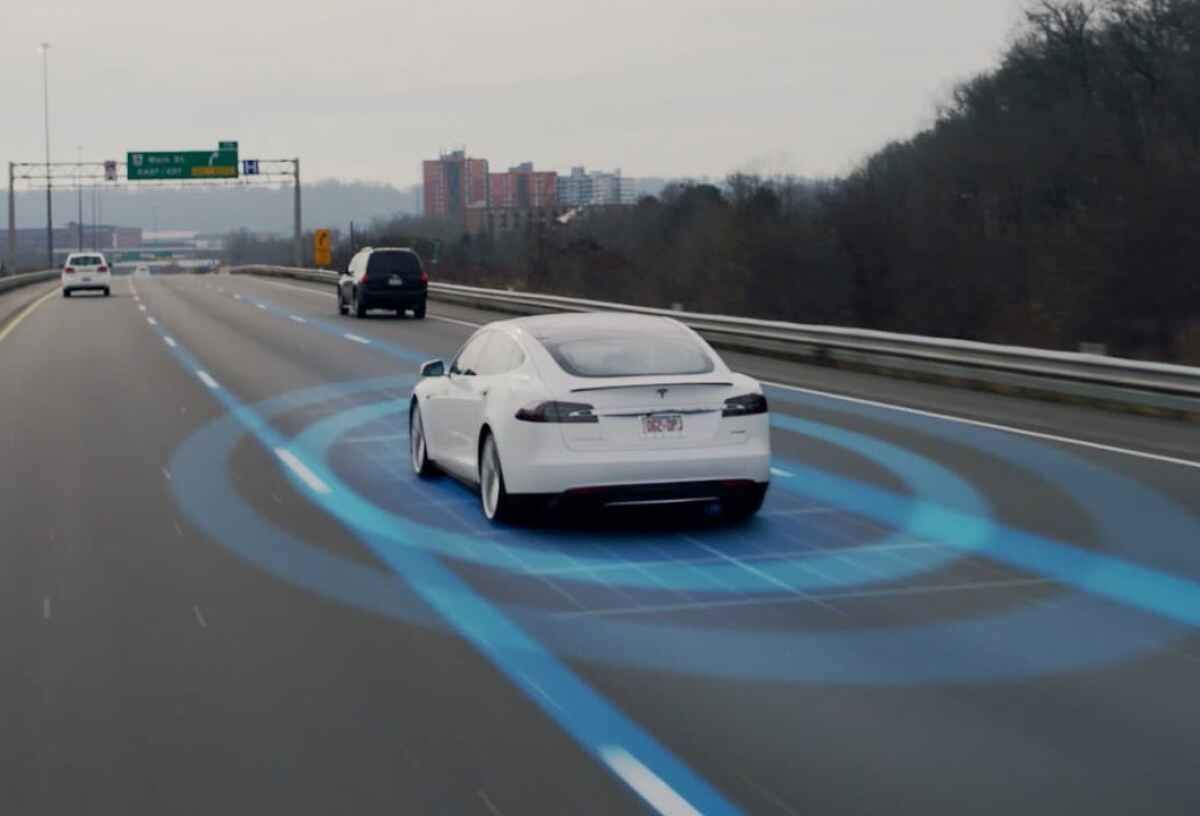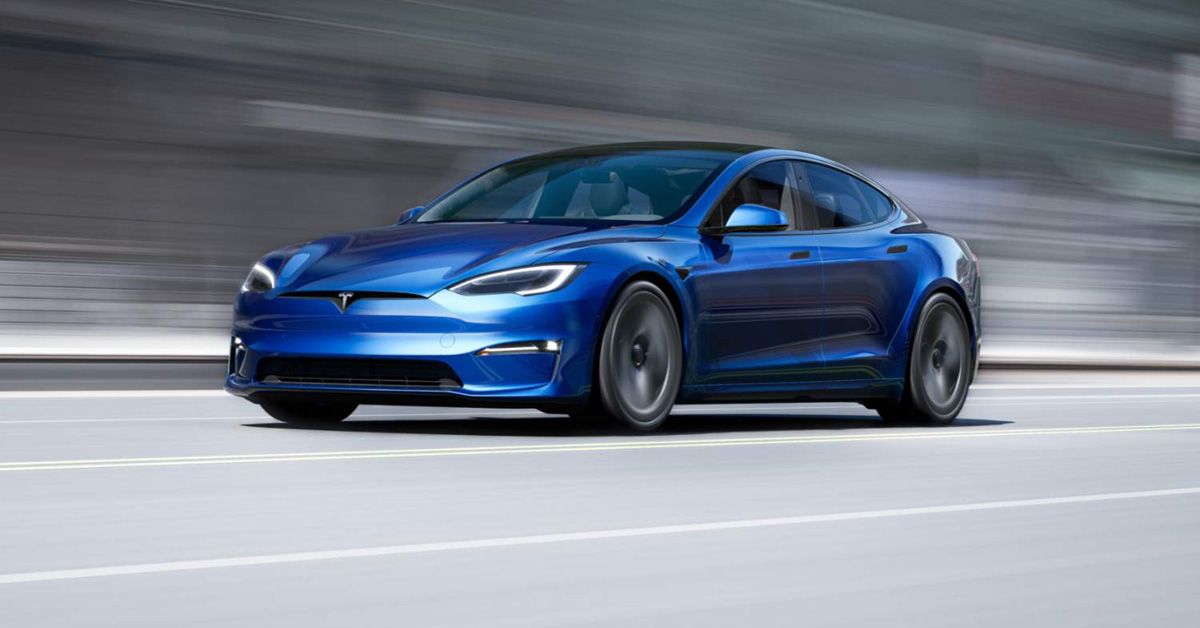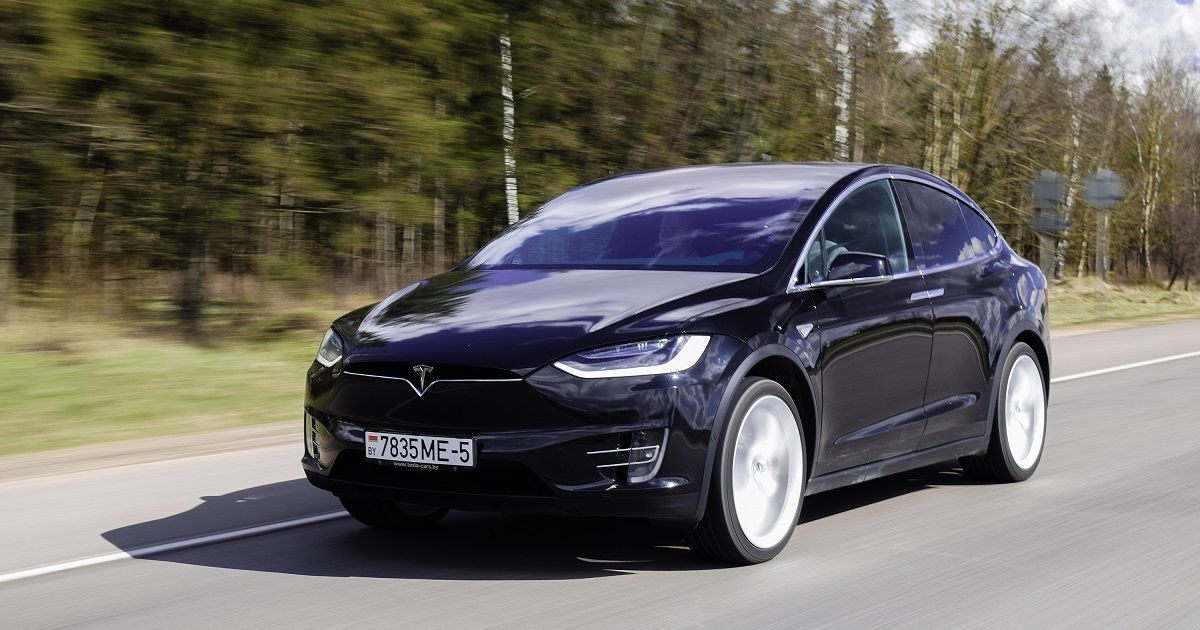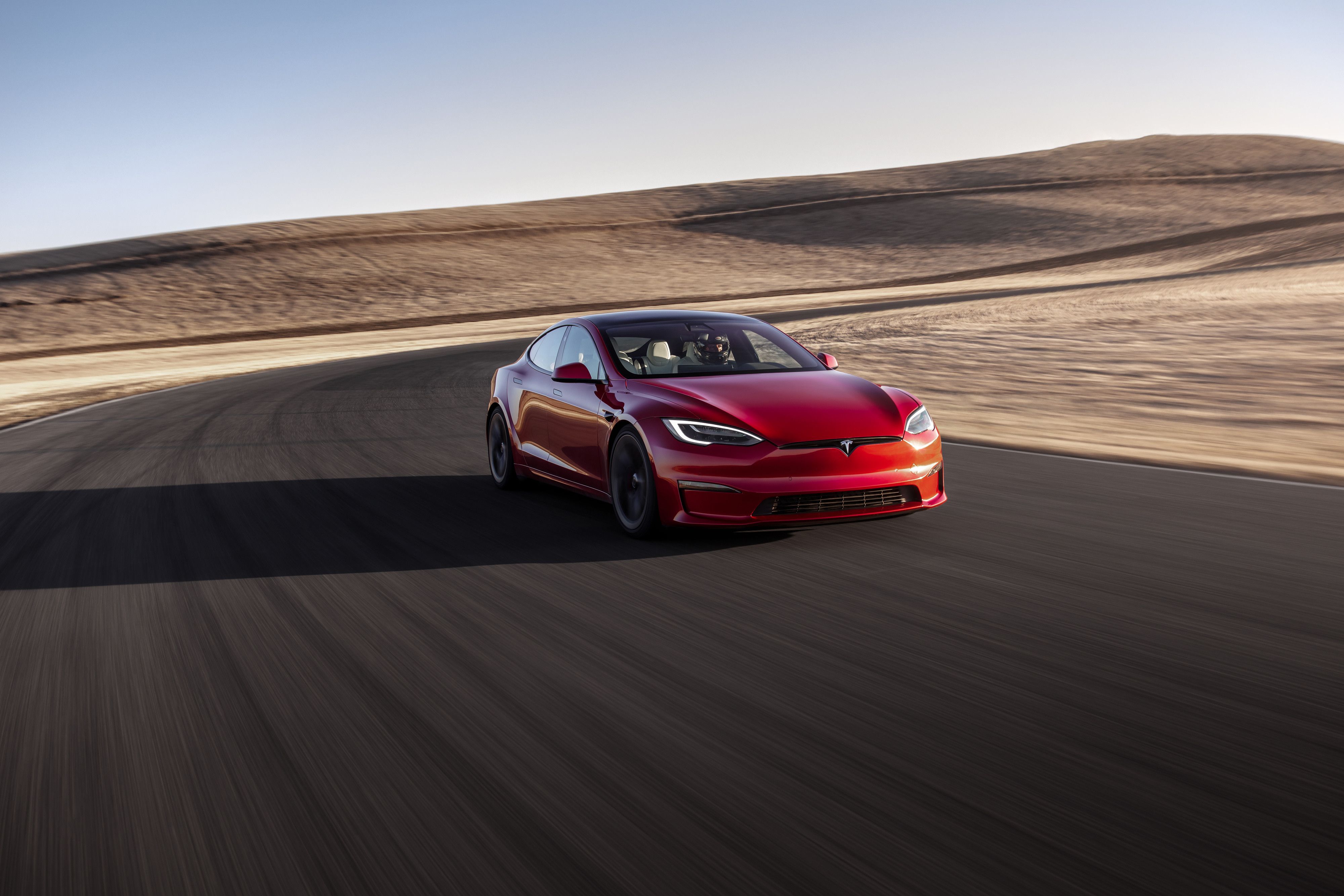The future of electric-powered cars does not stop at contributing to saving the planet. EVs are now set to make the driving experience as stress-free and easy as possible. With Tesla being the first to the market for an autonomously driven car, they are now offering a full self-driving mode.
Although both driving modes might sound similar, they certainly have their differences. The purpose for each is to make driving easier and more convenient, while maintaining safety and ensuring that the driver can be relaxed and comfortable while they are behind the wheel.
Let's take a look at how Tesla's autopilot and full self-driving mode compare.
What Is Tesla's Autopilot Mode?
Elon Musk first introduced their autopilot mode in 2014 after announcing a year earlier that he believes if the autopilot is available in planes, then it should be available in cars. Musk, Tesla's proud founder, was certainly right. The fans of EVs and Tesla went crazy for the autopilot edition of the Model S. The package was available as an upgrade and wasn't installed in every model. This was due to the sheer expense of adding autopilot to a car.
The Tesla autopilot system is fundamentally designed to be fully responsible for the car's actions while being under the driver's supervision. The advanced driver-assistance system features many impressive abilities, including lane centering, traffic-aware cruise control, automatic lane changes, self-parking, and the ability to summon the car from a garage or parking spot.
What Is Tesla's Full Self Driving Mode?
On the other hand, Tesla announced a full self-driving mode for future models. Thousands of staff members at Tesla have been testing the full self-driving mode, to see how well it functions and how safe it is.
The full self-driving mode is simply to help the autopilot-style model to achieve a higher level of autonomy. The aim is to achieve level 5, which will enable Tesla cars to include city streets with traffic, intersections, and pedestrians in its takeover from the driver. The full self-driving mode will offer more features than the autopilot mode, which is more convenient for Tesla drivers who want an, even more, relaxing and futuristic experience. However, attention from the driver will still be necessary. The additional features simply allow a driver to contribute less to the driving experience, such as not needing to change lanes or stop for traffic lights.
How Are The Two Tesla Driving Modes Similar?
The main similarity between Tesla's autopilot and full self-driving mode is the fact that the overall workload as a driver is less. Both modes require Tesla cars to be kitted out with numerous cameras, sensors, and an onboard computer for an extra layer of safety.
Tesla's Autopilot and Full Self-Driving Capability are intended for use with a fully attentive driver, who has their hands on the wheel and is prepared to take over at any moment. While these features are designed to become more capable over time, the currently enabled features do not make the vehicle autonomous. We wonder how long it will take for Tesla to create a car that can actually require no work from the driver.
The Differences
A key difference is that the autopilot mode does not involve an extra cost, as it now features in all Tesla cars. Whereas the full self-driving mode will come at an extra cost for the customer. For instance, you can purchase a standard model without the full self-driving mode, which could cost you considerably less. However, if you want to enjoy the experience and give less effort when driving your EV, you can add on the full self-driving mode feature for anywhere from $6,000.
Furthermore, another difference between the Tesla autopilot and full self-driving mode is that the latter will be able to fully take over the control of the car should you wish it to. However, it cannot do everything so some effort will be needed from time to time.
Autopilot simply results in the driver giving less effort. Yet, attention and work are still needed. The autopilot mode is simply there to improve a driver's experience and driving abilities. For instance, it can help you stay in the lane at high speeds and park for you in a tight spot.
Whereas the full self-driving mode from Tesla will enable a driver to offer very little work while being able to change lanes, navigate roads, and stop for traffic signals.
In our opinion, both Tesla driving modes are impressive yet still do not offer full autonomy. One day, we are certain that Tesla will reveal a car that will be able to drive without a driver's attention. Until then, all Tesla customers can enjoy a reduced effort when driving with autopilot or even less work with the full self-driving mode.





